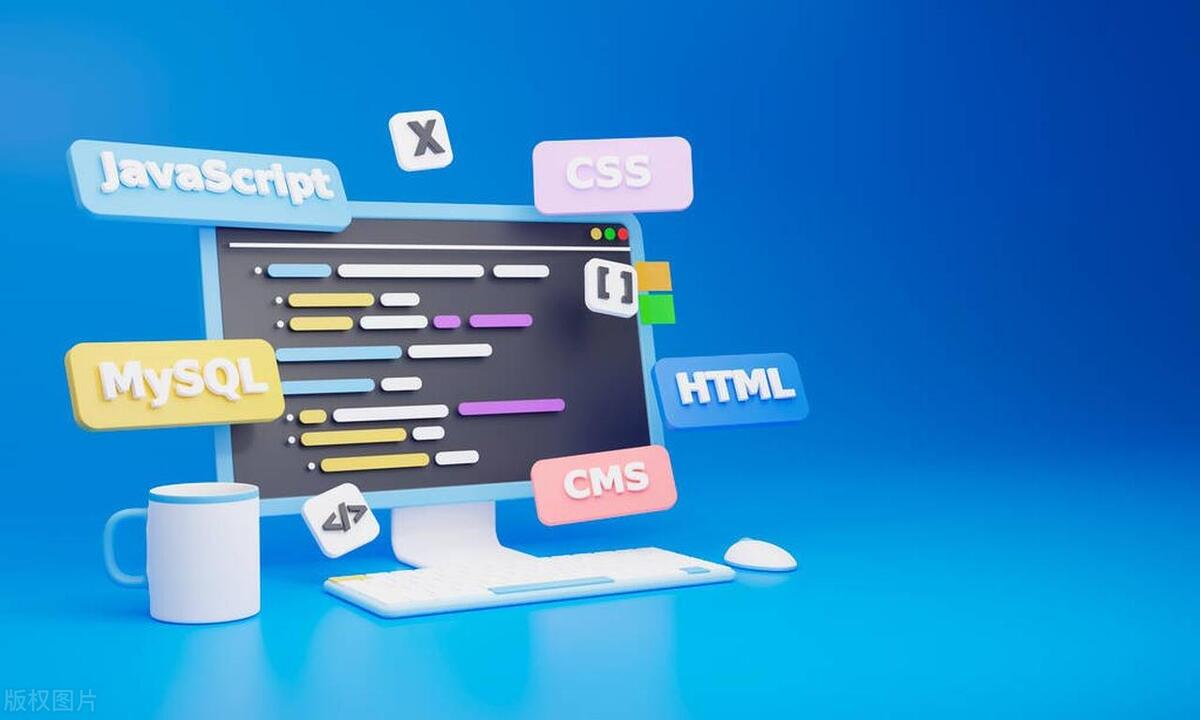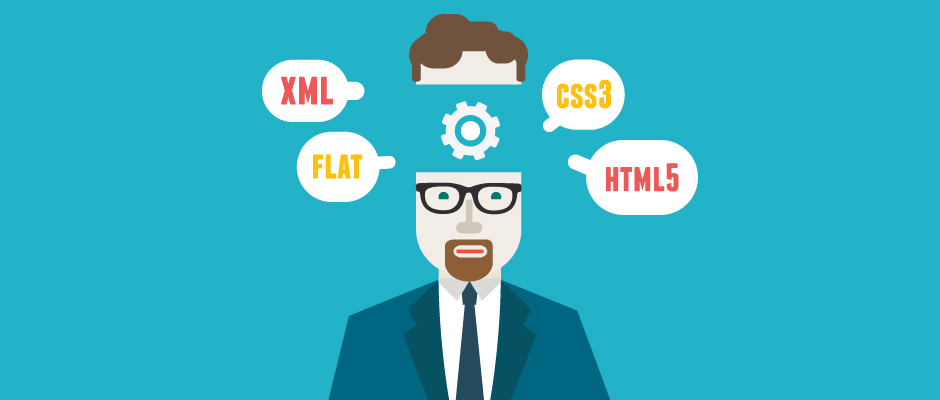Automating the front-end development process with Gulp saves time and reduces errors. The main steps include: installing the global Gulp CLI; initializing the project and installing local Gulp; creating gulpfile.js configuration tasks; configuring common tasks such as compressing CSS/JS, compiling Sass/Less, image optimization and automatic refresh of the browser; combining task flow and paying attention to path writing, plug-in version matching and task order. Organize tasks in serial or parallel ways, such as first compiling Sass and then starting the server to listen for file changes, achieving efficient development.

In the workflow of front-end development, there are many repetitive tasks, such as compressing CSS and JS files, image optimization, file merging, and even automatic browser refresh. Handling these things manually is not only time consuming, but also prone to errors. Using Gulp to automate these processes can save a lot of energy and improve efficiency a lot.

Install Gulp and initialize the project
To start using Gulp, you must first install it in the project. Gulp is based on Node.js, so you have to have Node.js and npm (or yarn) environments first.
The installation steps are roughly as follows:

- Install the global Gulp CLI:
npm install --global gulp-cli - Run
npm init -yinitialize package.json in the project root directory - Install local Gulp:
npm install gulp --save-dev
After the installation is completed, create a gulpfile.js file, which is the configuration file of Gulp, and all tasks will be written here.
Common automation tasks configuration methods
Gulp is a task, where you can define multiple tasks to handle different types of files. Common tasks include:

Compressing CSS and JS files
Usegulp-clean-cssandgulp-uglifyplugins to process CSS and JS files respectively to reduce file size and improve loading speed.Automatically compile Sass or Less
If you are using Sass or Less, you can use thegulp-sassorgulp-lessplugin to automatically compile it into CSS when saving.Picture optimization
Images are often large in size, and usinggulp-imageminplug-in can compress images without significantly affecting the image quality.Listen to file changes and refresh the browser automatically
Usegulp-watchwithbrowser-syncplug-in to automatically refresh the page after monitoring file changes, saving time for manual refresh.
These plug-ins are basically installed with npm install 插件名--save-dev , and then introduced and configured in gulpfile.js .
Organizational task process and operation mode
Gulp supports serial and parallel execution of tasks. You can combine multiple tasks into a process, such as starting a default task during development, listening to file changes and starting a local server.
Let's give a simple example:
const { series, parallel, watch } = require('gulp');
const sass = require('gulp-sass');
const browserSync = require('browser-sync').create();
function compileSass() {
return gulp.src('src/scss/**/*.scss')
.pipe(sass())
.pipe(gulp.dest('dist/css'))
.pipe(browserSync.stream());
}
function reload(done) {
browserSync.reload();
done();
}
function serve() {
browserSync.init({
server: './dist'
});
watch('src/scss/**/*.scss', compileSass);
watch('dist/*.html', reload);
}
exports.default = series(compileSass, serve);The above code means: first compile Sass once, then start the local server and listen to file changes, and automatically compile and refresh the browser.
Some easily overlooked but critical details
- Path writing is prone to errors : Gulp is more sensitive to file paths, especially the use of wildcard characters. For example,
**/*.scssmeans recursively searching for.scssfiles in all subdirectories. - Plugin versions need to match : Some plugins only support specific versions of Gulp, such as the APIs of Gulp 3 and Gulp 4 are quite different, so pay attention to the version number when installing.
- Task execution order : If there is a dependency between tasks, remember to use
series()to clarify the order, otherwise the expected result may not be executed. - Clear task naming : It is recommended to use
gulp.task('build-js')to name tasks to facilitate debugging and execution.
Basically that's it. Gulp's learning curve is not steep, but it can save a lot of time if used properly. At the beginning, you can start with a few common tasks and slowly expand them, without having to make it complicated at the beginning.
The above is the detailed content of Automating Frontend Development Workflows with Gulp. For more information, please follow other related articles on the PHP Chinese website!

Hot AI Tools

Undress AI Tool
Undress images for free

Undresser.AI Undress
AI-powered app for creating realistic nude photos

AI Clothes Remover
Online AI tool for removing clothes from photos.

Clothoff.io
AI clothes remover

Video Face Swap
Swap faces in any video effortlessly with our completely free AI face swap tool!

Hot Article

Hot Tools

Notepad++7.3.1
Easy-to-use and free code editor

SublimeText3 Chinese version
Chinese version, very easy to use

Zend Studio 13.0.1
Powerful PHP integrated development environment

Dreamweaver CS6
Visual web development tools

SublimeText3 Mac version
God-level code editing software (SublimeText3)
 How does React handle focus management and accessibility?
Jul 08, 2025 am 02:34 AM
How does React handle focus management and accessibility?
Jul 08, 2025 am 02:34 AM
React itself does not directly manage focus or accessibility, but provides tools to effectively deal with these issues. 1. Use Refs to programmatically manage focus, such as setting element focus through useRef; 2. Use ARIA attributes to improve accessibility, such as defining the structure and state of tab components; 3. Pay attention to keyboard navigation to ensure that the focus logic in components such as modal boxes is clear; 4. Try to use native HTML elements to reduce the workload and error risk of custom implementation; 5. React assists accessibility by controlling the DOM and adding ARIA attributes, but the correct use still depends on developers.
 A Deep Dive into WebAssembly (WASM) for Front-End Developers
Jul 27, 2025 am 12:32 AM
A Deep Dive into WebAssembly (WASM) for Front-End Developers
Jul 27, 2025 am 12:32 AM
WebAssembly(WASM)isagame-changerforfront-enddevelopersseekinghigh-performancewebapplications.1.WASMisabinaryinstructionformatthatrunsatnear-nativespeed,enablinglanguageslikeRust,C ,andGotoexecuteinthebrowser.2.ItcomplementsJavaScriptratherthanreplac
 Server-Side Rendering with Next.js Explained
Jul 23, 2025 am 01:39 AM
Server-Side Rendering with Next.js Explained
Jul 23, 2025 am 01:39 AM
Server-siderendering(SSR)inNext.jsgeneratesHTMLontheserverforeachrequest,improvingperformanceandSEO.1.SSRisidealfordynamiccontentthatchangesfrequently,suchasuserdashboards.2.ItusesgetServerSidePropstofetchdataperrequestandpassittothecomponent.3.UseSS
 How to manage component state using immutable updates in React?
Jul 10, 2025 pm 12:57 PM
How to manage component state using immutable updates in React?
Jul 10, 2025 pm 12:57 PM
Immutable updates are crucial in React because it ensures that state changes can be detected correctly, triggering component re-rendering and avoiding side effects. Directly modifying state, such as push or assignment, will cause React to be unable to detect changes. The correct way to do this is to create new objects instead of old objects, such as updating an array or object using the expand operator. For nested structures, you need to copy layer by layer and modify only the target part, such as using multiple expansion operators to deal with deep attributes. Common operations include updating array elements with maps, deleting elements with filters, adding elements with slices or expansion. Tool libraries such as Immer can simplify the process, allowing "seemingly" to modify the original state but generate new copies, but increase project complexity. Key tips include each
 Security Headers for Frontend Applications
Jul 18, 2025 am 03:30 AM
Security Headers for Frontend Applications
Jul 18, 2025 am 03:30 AM
Front-end applications should set security headers to improve security, including: 1. Configure basic security headers such as CSP to prevent XSS, X-Content-Type-Options to prevent MIME guessing, X-Frame-Options to prevent click hijacking, X-XSS-Protection to disable old filters, HSTS to force HTTPS; 2. CSP settings should avoid using unsafe-inline and unsafe-eval, use nonce or hash and enable reporting mode testing; 3. HTTPS-related headers include HSTS automatic upgrade request and Referrer-Policy to control Referer; 4. Other recommended headers such as Permis
 What are custom data attributes (data-*)?
Jul 10, 2025 pm 01:27 PM
What are custom data attributes (data-*)?
Jul 10, 2025 pm 01:27 PM
The data-* attribute is used in HTML to store additional data, and its advantages include that the data is closely related to elements and comply with HTML5 standards. 1. When using it, name it starts with data-, such as data-product-id; 2. It can be accessed through JavaScript's getAttribute or dataset; 3. Best practices include avoiding sensitive information, reasonable naming, paying attention to performance and not replacing state management.
 Applying CSS Styles to Scalable Vector Graphics (SVG)
Jul 10, 2025 am 11:47 AM
Applying CSS Styles to Scalable Vector Graphics (SVG)
Jul 10, 2025 am 11:47 AM
To style SVGs using CSS, you first need to embed SVGs inline into HTML for fine control. 1. Inline SVG allows its internal elements such as or to be directly selected through CSS and to apply styles, while external SVG only supports global styles such as width and height or filters. 2. Use regular CSS syntax such as .class:hover to achieve interactive effects, but use fill instead of color to control the color, and use stroke and stroke-width to control the outline. 3. Use class names to organize styles to avoid duplication and pay attention to naming conflicts and scope management. 4. The SVG style may be inherited from the page, and can be reset through svg*{fill:none;stroke:none;} to avoid
 How to add a favicon to a website?
Jul 09, 2025 am 02:21 AM
How to add a favicon to a website?
Jul 09, 2025 am 02:21 AM
Adding website Favicon requires preparing icon files, placing the correct path and quoting them. 1. Prepare multi-size .ico or .png icons, which can be generated by online tools; 2. Put favicon.ico in the website root directory; 3. If you need to customize the path or support more devices, you need to add a link tag reference in the HTMLhead; 4. Clear the cache or use the tool to check whether it is effective.






